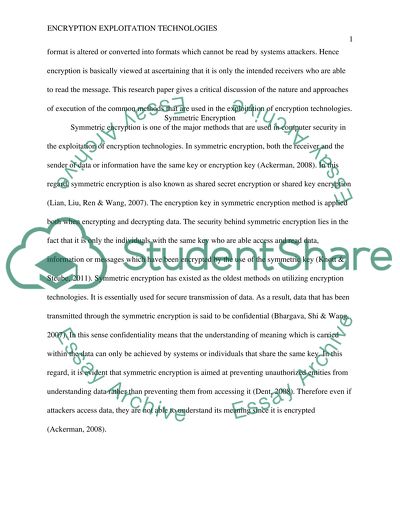Cite this document
(“Encryption Exploitation Technologies Research Paper”, n.d.)
Encryption Exploitation Technologies Research Paper. Retrieved from https://studentshare.org/information-technology/1455853-encryption-exploitation-technologies
Encryption Exploitation Technologies Research Paper. Retrieved from https://studentshare.org/information-technology/1455853-encryption-exploitation-technologies
(Encryption Exploitation Technologies Research Paper)
Encryption Exploitation Technologies Research Paper. https://studentshare.org/information-technology/1455853-encryption-exploitation-technologies.
Encryption Exploitation Technologies Research Paper. https://studentshare.org/information-technology/1455853-encryption-exploitation-technologies.
“Encryption Exploitation Technologies Research Paper”, n.d. https://studentshare.org/information-technology/1455853-encryption-exploitation-technologies.


